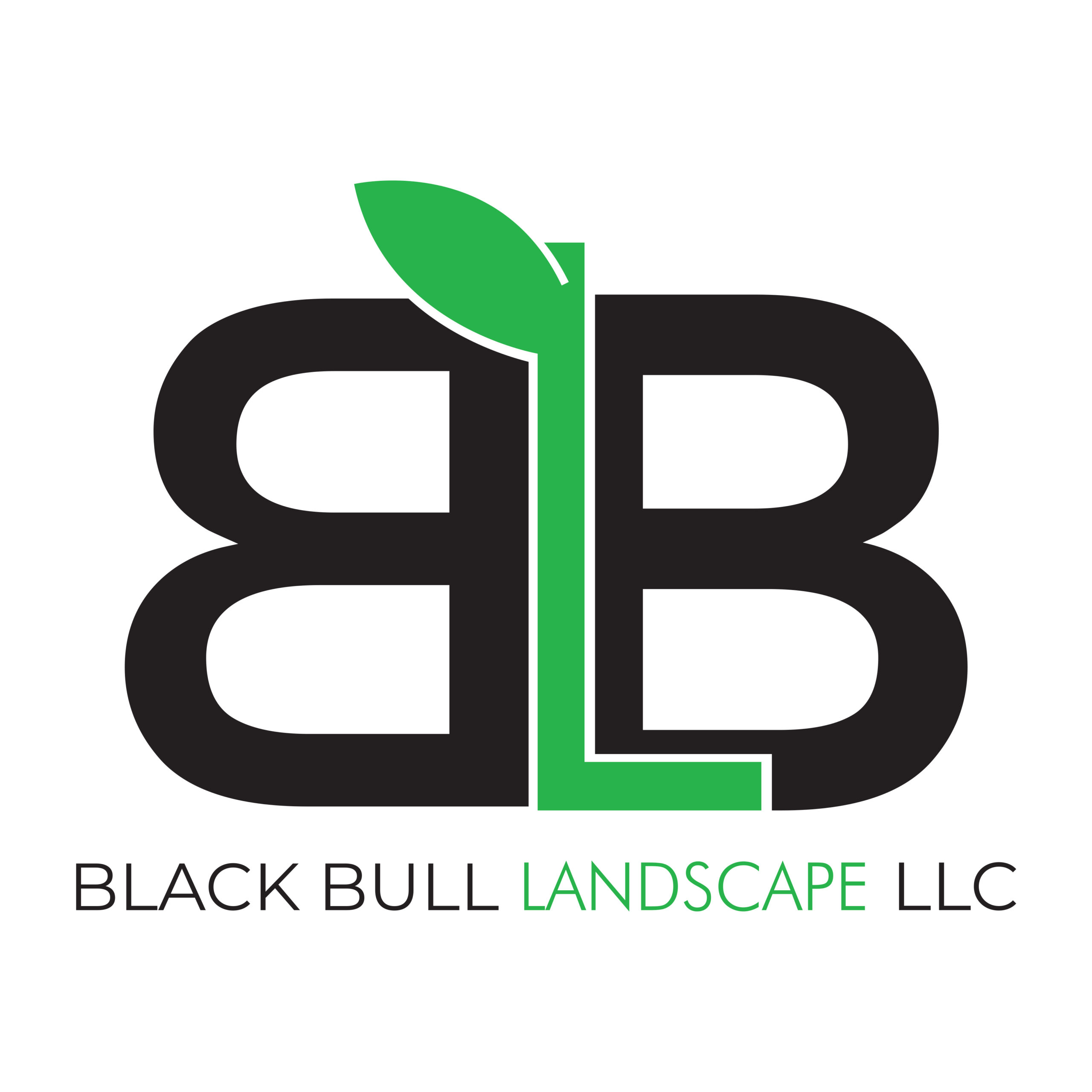In the world of landscape design, hardscapes are the architectural backbone that anchors outdoor spaces and adds structure, style, and functionality. From patios and pathways to retaining walls and pergolas, hardscapes have the power to transform ordinary outdoor areas into extraordinary living spaces. This article explores the creative possibilities and inspirations behind hardscape design, illustrating how these elements can elevate your outdoor environment to new heights.

- The Foundation of Hardscape Design:
Hardscapes, by definition, are the non-living elements of a landscape. They encompass various materials like stone, concrete, wood, and metal, creatively crafted to provide structure and visual interest. Understanding the principles of hardscape design is essential for unlocking their full potential.
- Defining Spaces with Patios:
Patios are the heart of outdoor living spaces, providing a designated area for relaxation, dining, and socializing. They can be constructed using various materials like natural stone pavers, concrete, or even wood. Patios offer endless design opportunities, from rustic flagstone to sleek and modern concrete finishes.
- Guiding the Way with Pathways:
Pathways serve both functional and aesthetic purposes. They guide visitors through your landscape while adding visual interest. Incorporating materials like gravel, bricks, or natural stepping stones creates a charming and inviting atmosphere.
- Retaining Walls: Function Meets Form:
Retaining walls are multifunctional hardscape elements. They provide structural support for sloped areas while adding a sculptural and architectural appeal to your landscape. The choice of materials, such as stacked stone or concrete blocks, can dramatically impact the wall’s aesthetics.
- Pergolas and Arbors: Shading in Style:
Pergolas and arbors are not just functional; they are artistic statements in your outdoor space. These structures provide shade and can be adorned with climbing plants like vines and roses, creating a charming and intimate ambiance.
- Water Features: Tranquility Unleashed:
Water features, from fountains to waterfalls, introduce a sense of serenity and tranquility to your hardscape. The sound of flowing water and the reflection of light create an atmosphere of relaxation and luxury.
- Fire Features: Cozy Elegance:
Fire features, such as fire pits and fireplaces, are focal points that bring warmth and elegance to your hardscape. These elements create a cozy ambiance, ideal for chilly evenings and gatherings with friends and family.
- Thoughtful Lighting: Illuminating the Night:
Outdoor lighting is essential for extending the usability of your hardscaped areas into the evening. Well-placed lighting enhances the beauty of your hardscape features while ensuring safety and functionality.
- The Art of Materials:
The choice of materials is a fundamental aspect of hardscape design. The use of natural stone exudes warmth and authenticity, while concrete provides versatility and modern aesthetics. Wood introduces a natural and rustic charm, while metal offers sleek and contemporary lines.
- Blending Hardscapes with Softscapes:
A harmonious balance between hardscapes and softscapes (living elements like plants) is key to successful landscape design. Softening the edges of hardscape features with plantings and greenery creates a seamless connection between the built environment and nature.
- Customization and Personalization:
Hardscapes should be a reflection of your personality and style. Customization options are limitless, allowing you to choose materials, colors, and designs that resonate with your taste and preferences.
- Size and Scale Matter:
Consider the size and scale of your hardscape elements in relation to the overall landscape. Overwhelmingly large features can dominate a space, while overly small elements may get lost. Achieving the right balance is crucial.
- Local Climate and Maintenance:
Factor in your local climate when selecting materials for hardscapes. Materials should be weather-resistant and easy to maintain. Regular upkeep ensures your hardscapes remain beautiful and functional over time.
- Professional Guidance:
While DIY hardscape projects can be fulfilling, consulting with a professional landscaper or designer is often a wise choice. Professionals have the expertise to design and construct hardscape elements that are not only visually stunning but also structurally sound and functional.
- Evolving Design:
Hardscape design is not static; it can evolve over time. Consider adding new hardscape elements or updating existing ones to keep your outdoor space fresh and exciting.

Hardscape elements are the building blocks that shape the outdoor spaces we cherish. Their creative potential is limited only by your imagination and the expertise of your designer or landscaper. Whether you desire a serene garden retreat, a vibrant entertaining area, or a blend of both, hardscapes can make your vision a reality. By understanding the principles of hardscape design and embracing the limitless possibilities of materials and styles, you can unlock the full potential of these elements and create an outdoor space that is both functional and breathtakingly beautiful.


